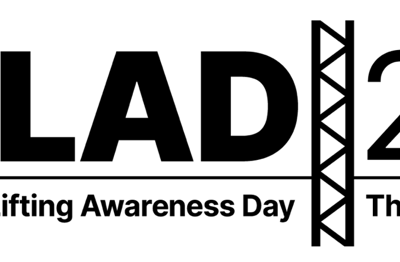9Following the changes to sampling procedures and monitoring plans for cleanrooms and clean zones outlined in the revised ISO 14644-1:2015 standard, organisations will be required to redefine their validation sampling plans and data evaluation.
The ISO 14644-1:2015, which specifies the classification of air cleanliness in terms of concentration of airborne particles in cleanrooms and clean zones is the first major revision since its original release in 1999.
The most significant change from ISO 14644-1:1999 publication is the adoption of a more consistent statistical approach to the selection and number of sampling locations; and the evaluation of the data collected. This new approach allows each location to be treated independently with at least a 95 % level of confidence that at least 90 % of the cleanroom or clean zone areas will comply with the maximum particle concentration limit for the target class of air cleanliness.
Is your Cleanroom Monitoring Plan up to date?
As a result of these changes, all cleanroom users will have to make changes to the cleanroom validation procedures to meet the requirements laid out in the latest version of ISO 14644-1:2015 and ISO 14644-2:2015. It is possible that the revised standard will require cleanroom owners to make changes to their cleanroom to ensure they continue to achieve the required classification and remain compliant.
Key highlights of the changes:
- The 95% UCL (upper confidence limit) evaluation for 2-9 sampling locations has been removed.
- Each sampling location is to be evaluated separately and all sampling locations must pass for a cleanroom/zone to comply.
- The square root calculation used in ISO 14644-1:1999 to determine the minimum number of sampling locations has been replace with a look-up table (see the BSI website for more details). The table provides at least 95% confidence that at least 90% of the cleanroom or clean zone will comply with the ISO Class limit.
- Removal of 5 size micron in class 5 areas. This can still be considered as a reference for continuity but will not form part of a pass/fail validation outcome.
- Part 2, 14644-2:2015 is now more focussed on customers deciding what is required through a risk assessment and monitoring plan.
Connect 2 Cleanrooms Validation service offers peace of mind
To ensure that your cleanroom continues to perform efficiently and your critical processes remain protected, it needs to be validated to prove it complies with ISO 14644-1:2015 – Classification of air cleanliness by particle concentration.
ISO 14644-2:2015 – Monitoring to provide evidence of cleanroom performance related to air cleanliness by particle concentration, recommends customers to complete risk assessments and monitoring plans to determine the frequency of testing and validation to their individual processes.
The above standard states the maximum time interval between airborne particle concentration testing of a cleanroom of ISO class 5 and below is 6 months and ISO class 6 and above is 12 months.
Although these guides are in place for validating your controlled environment, the scope and frequency of your validations should be defined by your process specific risk assessment.
To discuss these changes to the ISO 14644-1:2015 or your monitoring and testing validation requirements, contact Helen Tebay on 01524 813022 or email [email protected]
More information on Connect 2 Cleanrooms’ modular cleanrooms can be found at www.connect2cleanrooms.com.







